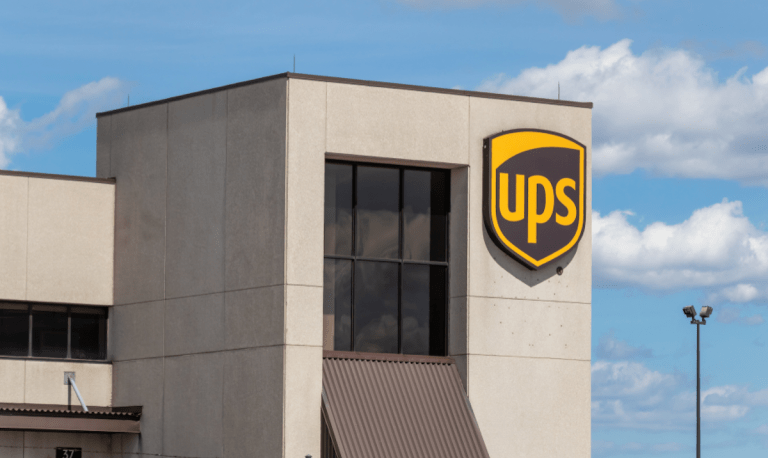
Softened pricing, heightened labor cost, and a freight demand pullback are battering the shipping sector.
And add to that dynamic operating landscape the recent delays as a result of the CrowdStrike-led Microsoft outage late Thursday (July 18).
United Parcel Service (UPS) has been particularly impacted by the bearish market, reporting Tuesday (July 23) during its second quarter 2024 earnings call that consolidated operating profit was $1.9 billion, down 30.1% compared to the second quarter of 2023, and down 29.3% on an adjusted basis.
The company’s diluted earnings per share were $1.65 for the quarter, missing analyst estimates; adjusted diluted earnings per share of $1.79 were 29.5% below the same period in 2023. UPS reported revenue for the quarter of $21.8 billion, versus $22.18 billion expected.
“As expected, our operating profit declined in the first half of 2024 from what we reported last year. Going forward we expect to return to operating profit growth,” said UPS Chief Executive Officer Carol Tomé.
“I want to thank all UPSers for their hard work and efforts in the second quarter…This quarter was a significant turning point for our company as we returned to volume growth in the U.S., the first time in nine quarters,” Tomé added.
UPS shares were down more than 10% Tuesday on the news of its plunging profits and missed estimates.
Read more: UPS Looks to Returns, Big-and-Bulky Deliveries to Boost Shipping Volumes
UPS stressed to investors on Tuesday’s call that it is leaning on digital transformation to emerge profitably from the ongoing global freight recession, noting that strong eCommerce demand in international air freight drove increase in volume and revenue.
The company’s supply chain solutions segment increased its revenue by 2.6% from same time last year, due primarily to growth in logistics, including healthcare.
Executives highlighted during the Q&A session the impact of its “Network of the Future” initiative, citing that UPS had completed 35 operational closures, including five buildings, in the first half of the year and was on plan to complete additional five operational closures this year.
At the same time, the company’s automated driver dispatch process reduced staffing by 26%. The UPS Smart Package Smart Facility program, which enables customers to print RFID labels themselves, is continued to be rolled out with UPS installing RFID readers at customer locations to provide immediate visibility as trailers are loaded.
But, per UPS financials, ocean freight total volume and revenue was down year over year, while demand late in the quarter on Asia outbound lanes drove market rates higher. UPS’ truckload brokerage business also continued to face market rate pressures.
“The second quarter represented an important turning point for our business. In the U.S., volume inflected positively, and it was the last full quarter of the high wage growth-rate associated with the first year of our new Teamsters contract. Outside of the U.S., we saw pockets of demand improve in each export region, driving growth in many of our more profitable lanes,” said Brian Dykes, UPS CFO.
See also: Defining The Rules of the Road for Instant Payments in the Trucking Industry
UPS cut its 2024 revenue guidance to approximately $93 billion, revised from a previous forecast for as much as $94.5 billion.
Among other updates, the company launched enhancements to UPS Worldwide Economy globally, making it easier to ship non-urgent, cross border shipments, and recently announced sale of its trucking business Coyote Logistics to RXO Logistics as well as acquired Estafeta to increase logistics capabilities in Mexico.
As for the realities of the truck driver labor force more broadly, according to “Generation Instant: How Truckers Use Instant Payments to Support Their Lifestyles,” a PYMNTS collaboration with Ingo Payments, only 41% of drivers now get their income and earnings delivered through instant payment methods, but 91% of those that do say they prefer the speed and peace of mind instant payments offer.
What’s more, many truckers would be willing to pay a fee to get access to their funds sooner, according to the study. More than a third would pay to have instant payments, slightly more than consumers as a whole group.